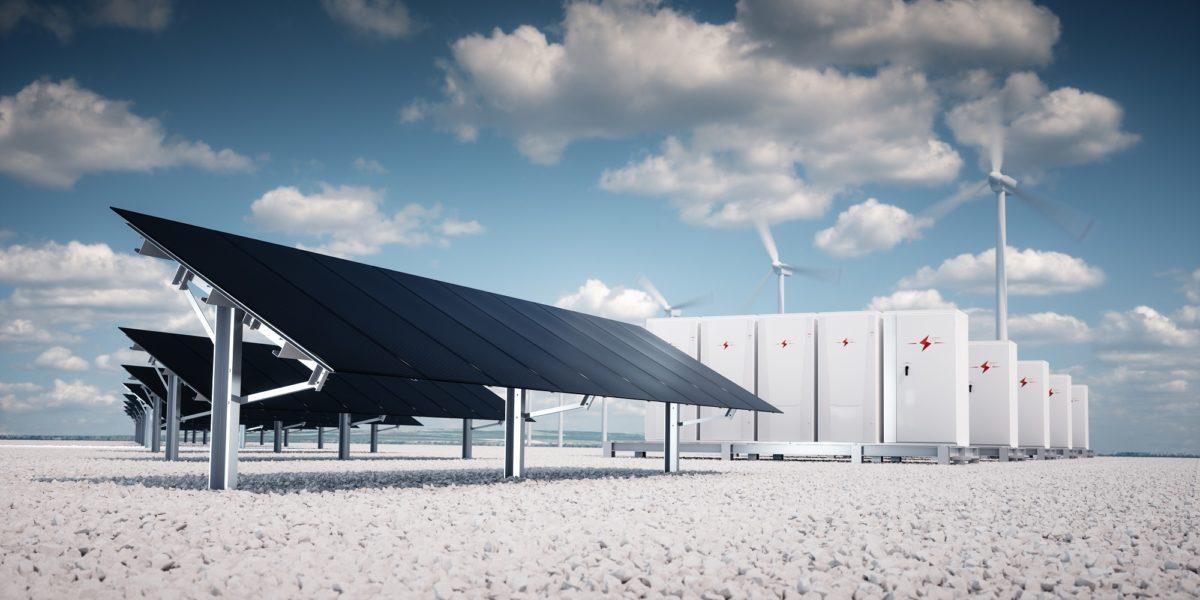In Short : Projections suggest that solar and battery storage combined are expected to constitute 81% of new capacity additions in the United States by 2024. This forecast underscores the increasing dominance of renewable energy sources, particularly solar, and the integration of energy storage solutions in the U.S. power infrastructure. The trend aligns with efforts to transition towards cleaner and more sustainable electricity generation.
In Detail : The U.S. Energy Information Administration also expects the least new natural gas capacity additions in 25 years.
The U.S. Energy Information Administration (EIA) is projecting solar and battery storage to account for 81% of new utility-scale electric-generating capacity additions in 2024.
Solar would account for the largest share of new capacity in 2024, at 58%. A record 36.4 GW are scheduled to join the grid this year, which would almost double the 18.4 GW increase in 2023.
More than half of the new utility-scale solar capacity is planned for Texas (35%), California (10%) and Florida (6%). Outside of these states, other notable projects include the Gemini solar facility in Nevada, which plans to begin operating in 2024. Gemini comprises 690 MW of solar PV installments and 380 MW of battery storage. It is expected to be the largest solar project in the United States when fully operational.
As the effects of supply chain challenges and trade restrictions ease, EIA expects solar to continue outpacing capacity additions from other generating resources.
EIA expects battery storage to set a record for annual capacity additions in 2024. The agency projects U.S. capacity to nearly double in 2024 as developers report plans to add 14.3 GW of battery storage to the existing 15.5 GW.
Texas (6.4 GW) and California (5.2 GW) are expected to account for 82% of the new U.S. battery storage capacity additions. Notable projects scheduled to come on line in 2024 include Menifee Power Bank (460 MW), which is being built at the site of the former Inland Empire Energy Center natural gas-fired power plant in Riverside, California.
With the rise of solar and wind capacity in the United States, EIA says the demand for battery storage continues to increase. The Inflation Reduction Act (IRA) has also accelerated the development of energy storage by introducing investment tax credits (ITCs) for stand-alone storage.
Another 8.2 GW of wind capacity is scheduled to come on line in 2024. Following the record additions of more than 14 GW in both 2020 and 2021, wind capacity additions have slowed in the last two years.
However, two large offshore wind plants are scheduled to come on line this year — the 800 MW Vineyard Wind 1 off the coast of Massachusetts and the 130 MW South Fork Wind off the coast of New York.
Simple cycle gas turbine additions to overtake combined cycle in 2024
Developers are reporting 2.5 GW in planned natural gas-fired capacity additions in 2024, according to EIA. This is the least new natural gas capacity in 25 years.
Notably, 79% of the new capacity planned for 2024 is to come plants with simple cycle gas turbines. This will be the first year since 2001 that combined-cycle capacity was not the predominant natural gas-fired technology.
Simple cycle gas turbines provide effective grid support to balance renewables because they can start up, ramp up and ramp down relatively quickly.

